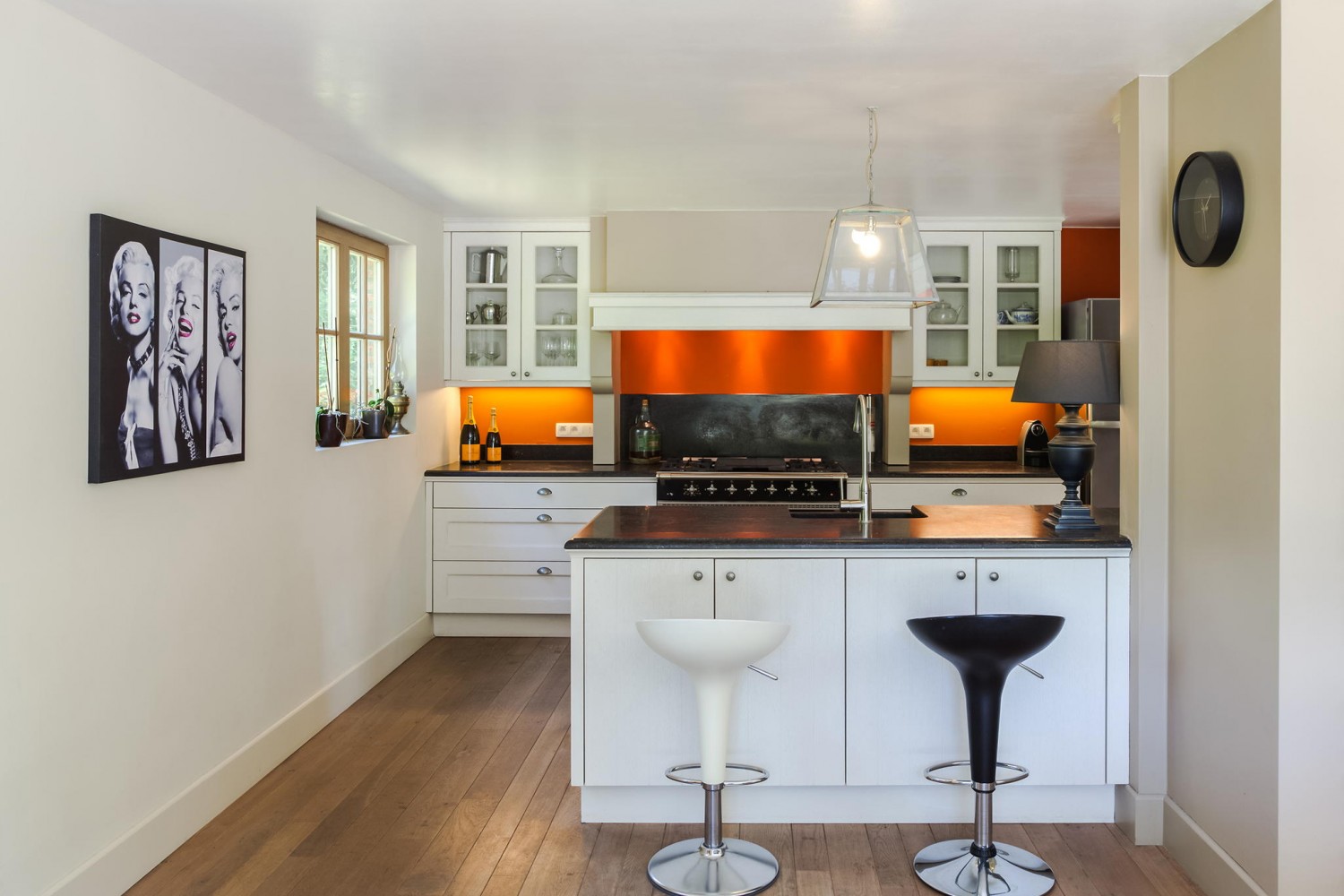In-Depth Guide To Repairing Classic Cabinets
In-Depth Guide To Repairing Classic Cabinets
Blog Article
Content Writer-Arildsen McMahan
To begin the journey of recovering antique cupboards, you need a keen eye for information. Think of discovering surprise secrets within each layer of history embedded in the wood. Picture the contentment of revitalizing a once-forgotten piece to its former glory. Every action of this meticulous process holds the essential to preserving the past while developing a future antique. So, are you ready to start this transformative undertaking and unlock the potential of your antique cupboards?
Assessing the Cupboard's Problem
When starting the repair process, begin by examining the condition of the antique cupboard. Carefully check out the total framework for any indicators of damage such as splits, chips, or loosened joints. Inspect the timber for any type of rot, warping, or insect problem that may have happened with time. It's crucial to figure out the extent of the repair required prior to continuing better.
Next, check https://kitchen-remodelling-near88777.theideasblog.com/28278738/analyze-the-different-elements-that-assist-your-decision-in-selecting-the-best-timber-for-your-customized-closets-and-overhaul-your-space-with-a-remarkable-choice as hinges, knobs, and locks. Make note of any kind of missing items or components that need repair or replacement. Make sure that all hardware is functioning properly and firmly affixed to the cabinet.
Additionally, examine the cupboard's coating. Seek any scrapes, stains, or staining that may affect the aesthetic charm. Figure out if the coating requires to be stripped and reapplied or if a straightforward touch-up will certainly be enough.
Gathering the Required Tools and Materials
After analyzing the condition of the antique cupboard, the following action is to collect the necessary devices and products for the reconstruction procedure. Before you begin, guarantee you have the adhering to things available:
- timber cleaner
- sandpaper in various grits
- timber filler
- paint or wood stain
- brushes
- handwear covers
- security goggles
- a dust mask
- a ground cloth
- a putty blade
- a hammer
- a screwdriver
- a vacuum cleaner
These devices and materials are essential for a successful repair.
Wood cleaner is vital for eliminating years of dirt and crud accumulation, preparing the surface for fining sand. Sandpaper of various grits helps in smoothing out imperfections and preparing the timber for a brand-new surface. Timber filler is handy for fixing any cracks, openings, or damages present in the cabinet.
Repaint or timber tarnish, in addition to brushes, enable you to personalize the cupboard to your preference. Bear in mind to wear gloves, safety and security goggles, and a dust mask for protection. Put down a drop cloth to safeguard your work area, and utilize a hoover to clean up any kind of particles.
With these devices and materials collected, you prepare to begin the reconstruction procedure.
Executing the Repair Process
To effectively carry out the reconstruction process on your antique closet, begin by thoroughly cleaning the surface with the timber cleaner. This action is crucial as it aids remove years of dirt, gunk, and old polish that may have accumulated on the surface.
As soon as the closet is clean and completely dry, analyze the condition of the wood. Try to find any type of splits, scrapes, or various other damages that need to be dealt with. Usage wood filler to repair any blemishes, ensuring to match the filler color to the timber tone for a smooth surface.
After the repair work have actually dried, gently sand the whole surface area to develop a smooth and even base for the brand-new surface. Be careful not to sand also boldy, as you don't wish to harm the timber underneath.
As soon as the sanding is complete, apply a timber stain or complete of your choice, adhering to the maker's instructions. Permit the finish to dry completely prior to using a safety top coat to make certain the durability of your restored antique cupboard.
Conclusion
Now that you have completed the reconstruction procedure, your antique cabinet looks as good as new.
By adhering to the step-by-step guide, you had the ability to evaluate, repair, and improve its condition easily.
With a fresh finish and protective leading layer, your valued piece will certainly continue to beam for many years to come.
kitchen remodeling service in the appeal of your recovered antique closet!
